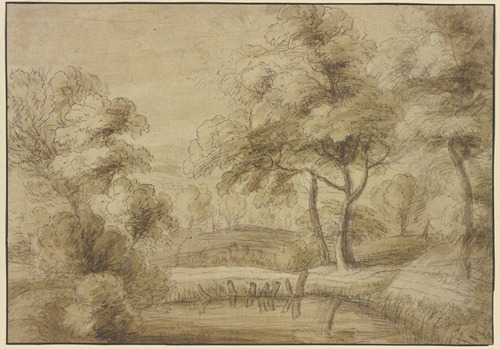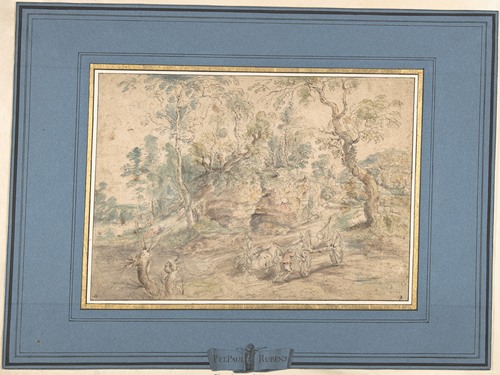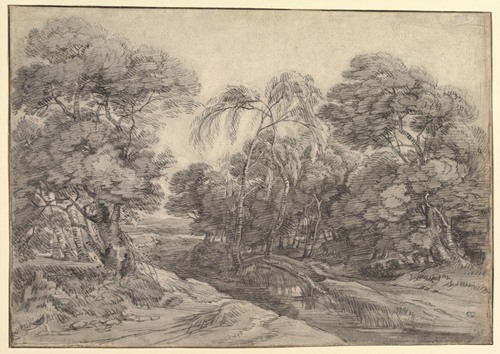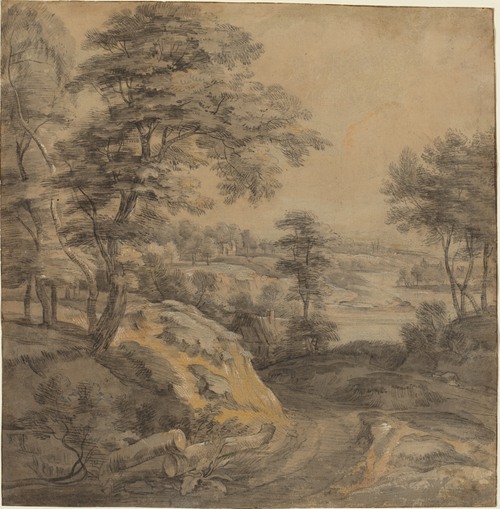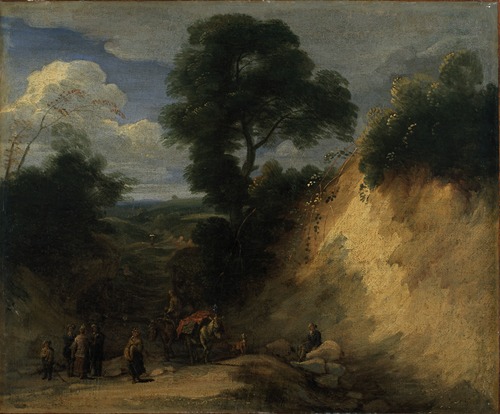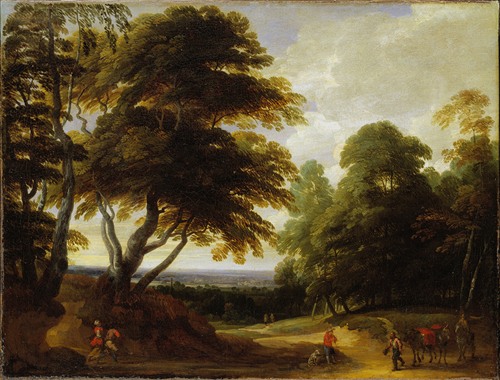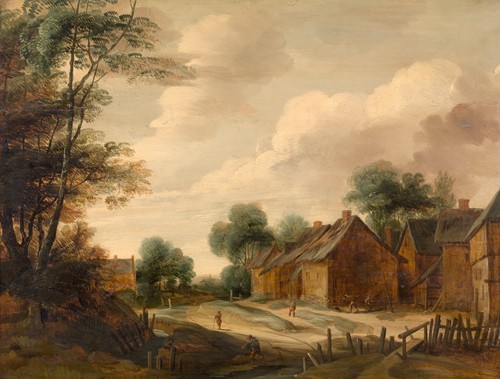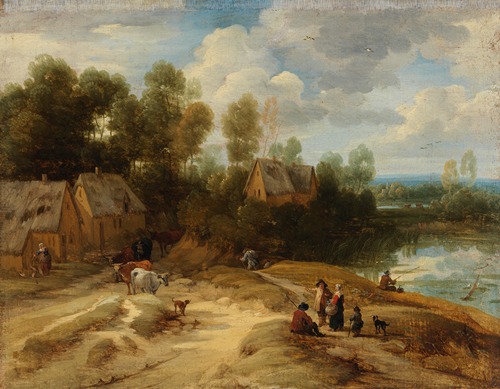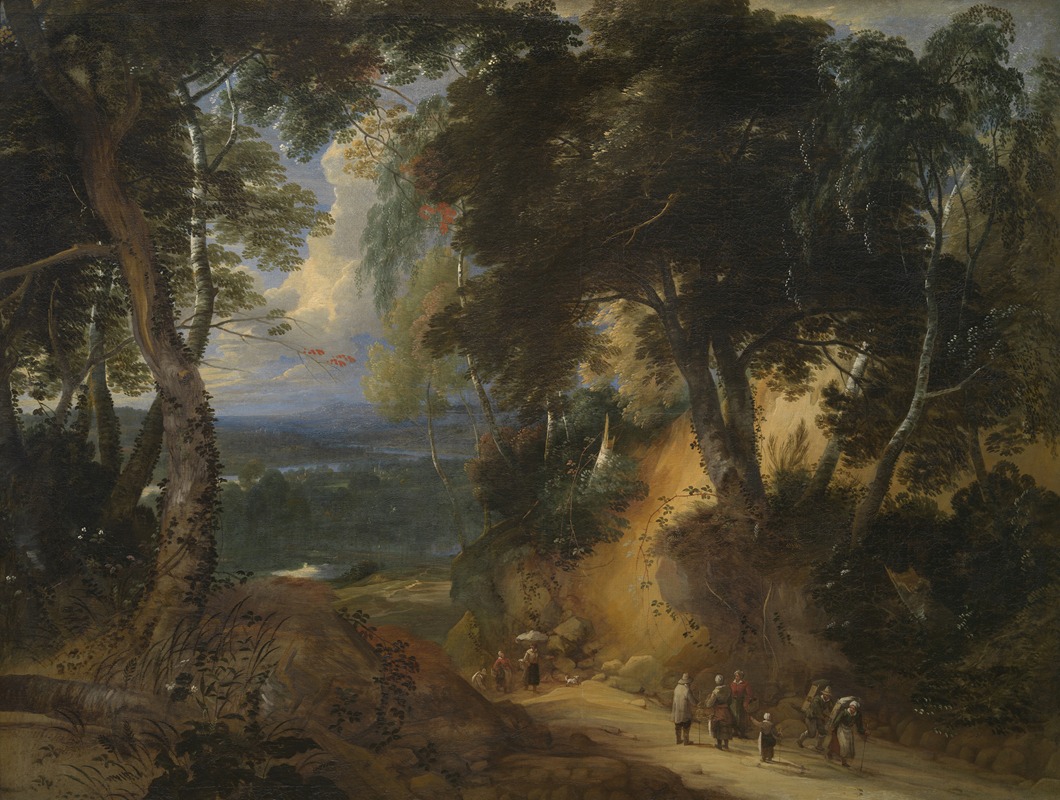
Lodewijk de Vadder was a Flemish Baroque landscape painter, draughtsman, engraver and tapestry designer. His landscapes represent a move away from the Mannerist tradition of landscapes painting in Flemish art towards a more naturalistic approach exemplified by looser brushwork and an emphasis on atmospheric effects. He was the first Flemish landscape painter who painted dune landscapes as the primary feature of his landscapes. While his loose brush handling shows the influence of Rubens and Adriaen Brouwer, his restrained palette shows his awareness of developments in the Dutch Republic.
He was born in Grimbergen and was baptized on 8 April 1605. He was the son of Gielis de Vadder and Margriet Cocx. He came from a family of painters: his father and brothers Philippe (born 1590) and Huybrecht (born 1592) were painters. While there are no records on his apprenticeship, it is assumed that his brother Philippe who became a master of the Brussels Guild of St. Luke in 1613 was his teacher.
He became a master of the Brussels Guild of St. Luke in 1628. In 1644 he obtained from the Brussels city authorities a privilege to make tapestry cartoons. He made cartoons principally for the Brussels weaving workshops of Jan Cordijs and Boudewijn van Beveren.
His pupils were Ignatius van der Stock, Jan Claessens and possibly also Lucas Achtschellinck.
